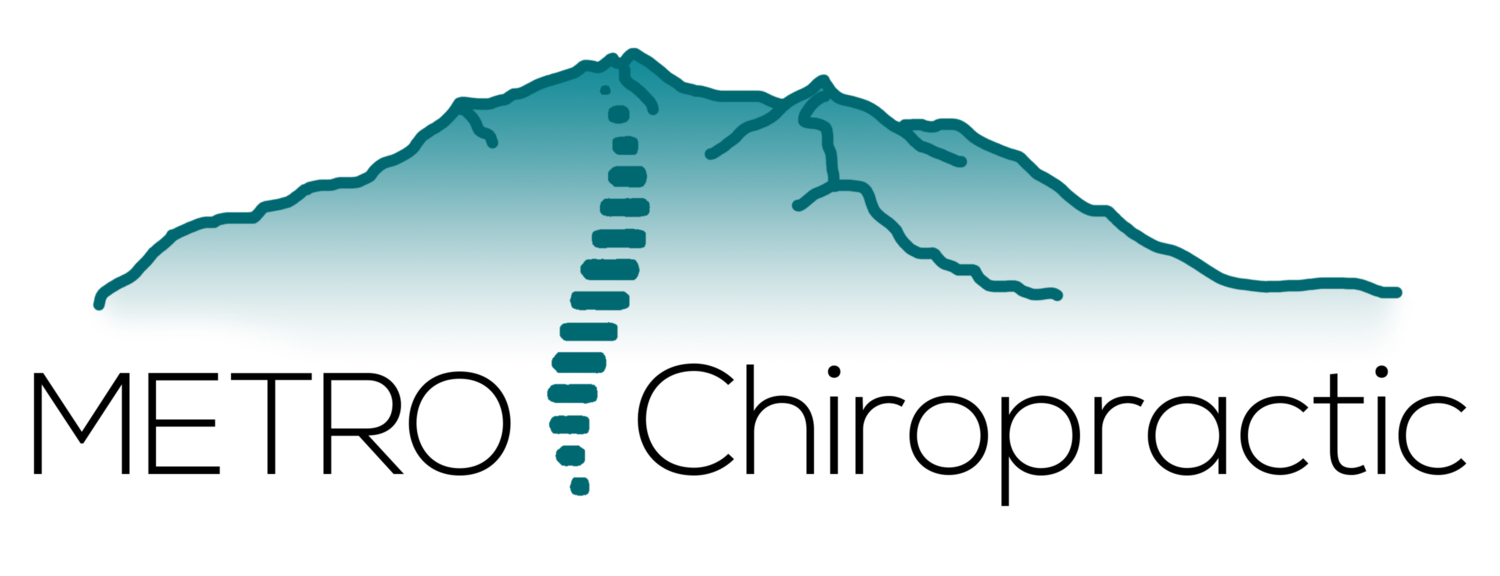If you’ve ever felt stiff, sore, or noticed “knots” in your muscles that just won’t go away, you may be dealing with tension in your fascia—the thin layer of connective tissue that surrounds your muscles. At our chiropractic practice, we often use myofascial release techniques to help patients reduce pain, improve mobility, and support long-term healing.
What Is Myofascial Release?
Myofascial release is a hands-on therapy that targets restrictions in the fascia to relieve tension, break up adhesions, and restore normal movement. Fascia can become tight or inflamed due to injury, repetitive stress, poor posture, or inactivity. When this happens, it can cause discomfort, limit range of motion, and contribute to chronic pain.
By gently applying pressure and movement to the affected areas, myofascial release helps improve blood flow, relax the tissue, and support the body’s natural healing process.
Active Release Technique (ART)
One of the most effective and precise forms of myofascial release is Active Release Technique (ART). This method combines targeted pressure with specific patient movements to break up scar tissue and adhesions in muscles, tendons, ligaments, and fascia.
During an ART session, the practitioner identifies tight or damaged tissue and uses their hands to apply tension while guiding the patient through a series of movements. This helps “free up” the restricted area, often resulting in immediate improvement in mobility and a reduction in pain.
ART is commonly used for conditions such as:
Neck and shoulder tension
Carpal tunnel syndrome
Sciatica
Plantar fasciitis
Sports injuries
Other Soft Tissue Techniques Used by Massage Therapists
In addition to ART, many massage therapists and chiropractors use a range of myofascial techniques, including:
Trigger Point Therapy: Focuses on tight, sensitive areas within muscles (trigger points) that can cause referred pain. Direct pressure helps release these points and relax the muscle.
Instrument-Assisted Soft Tissue Mobilization (IASTM): Uses specialized tools to gently break down scar tissue and fascial restrictions.
Cupping Therapy: Creates suction to lift and separate fascial layers, promoting blood flow and tissue healing.
Stretching and Mobilization: Often used alongside massage to lengthen tight tissues and improve joint movement.
Supporting Your Recovery and Wellness
Myofascial release is a powerful tool in helping our patients recover from injury, manage chronic conditions, and stay active without pain. Whether used on its own or alongside chiropractic adjustments, it’s part of a holistic approach to better movement and overall wellness.
If you’re feeling tight, sore, or restricted, ask us if myofascial release could be right for you. We’re here to help you move freely and feel your best.
